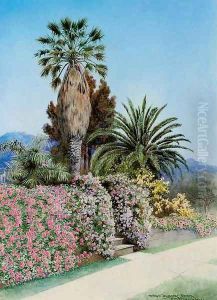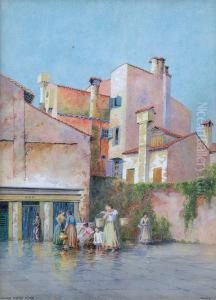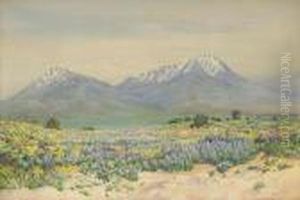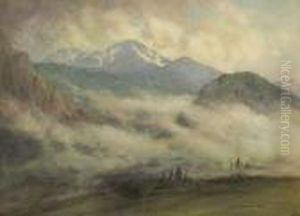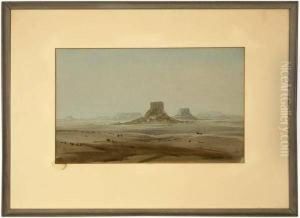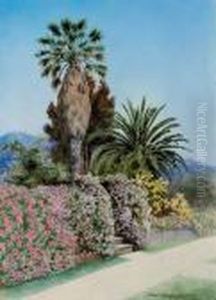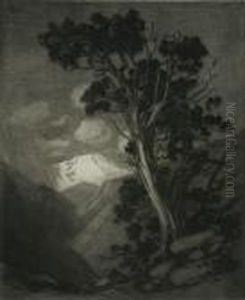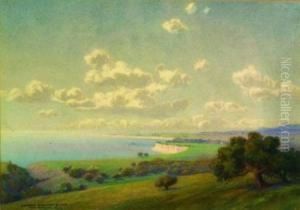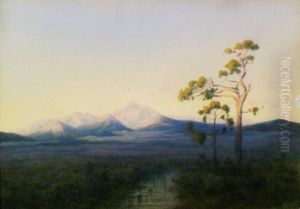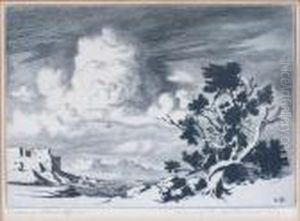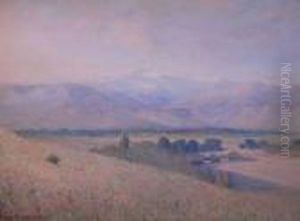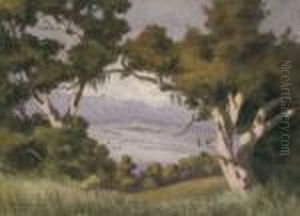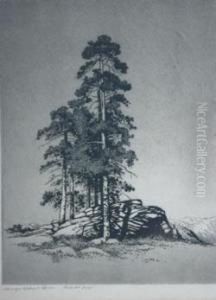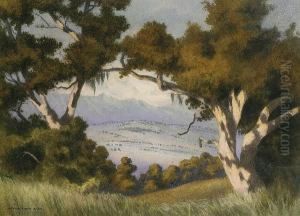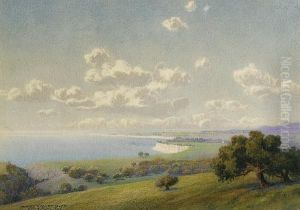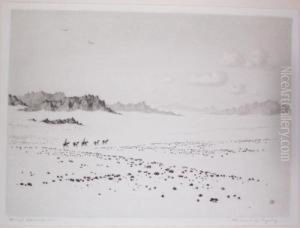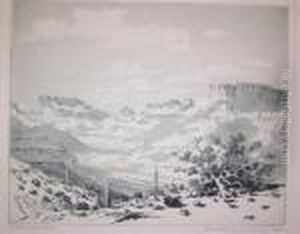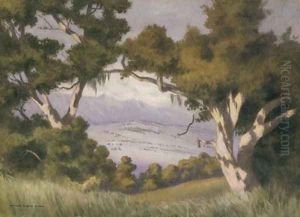George Elbert Burr Paintings
George Elbert Burr was an American printmaker and painter known for his etchings and drypoint prints. Born on April 14, 1859, in Munroe Falls, Ohio, Burr developed an interest in art at a young age. He began his artistic career as an illustrator and commercial artist, which included work for periodicals like Harper's Magazine and Scribner's Magazine.
Burr traveled extensively, which significantly influenced his work. He moved to Colorado in 1892 for health reasons, and the landscapes of the American West became a central theme in his art. Burr is particularly noted for his detailed depictions of the rugged terrain, weather phenomena, and vast skies. He captured the grandeur and subtlety of different times of day and the nuances of light and shadow with delicate line work and attention to atmospheric effects.
In 1906, Burr and his wife moved to Denver where he focused more on etching and drypoint, creating works that showcased his mastery of these techniques. His prints often featured landscapes, but he also depicted scenes from his travels abroad, including Europe and North Africa.
As an artist, Burr was committed to his craft and was a member of various art organizations such as the Chicago Society of Etchers. His work received acclaim during his lifetime, and he exhibited widely, including at the Panama-Pacific International Exposition in 1915 where he received a medal.
George Elbert Burr's contribution to American printmaking was significant. His prints are held in numerous collections and institutions, including the Smithsonian American Art Museum and the New York Public Library. Burr's dedication to capturing the essence of the landscapes he loved leaves a lasting legacy of the beauty of the natural world.
He passed away on November 17, 1939, in Phoenix, Arizona. Today, Burr is remembered for his artistic skill and his ability to evoke emotion through the landscapes he portrayed so vividly in his work.
